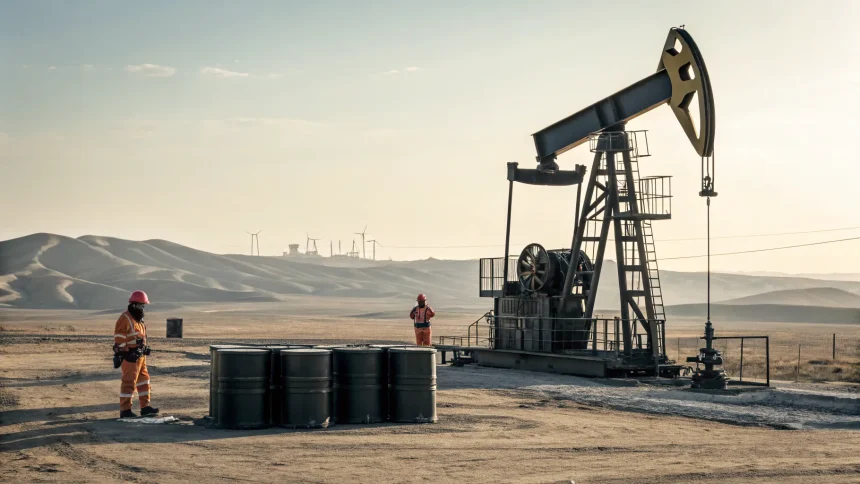A major warning has emerged from the oil industry as the largest independent oil driller in the Permian Basin forecasts a significant increase in crude supplies hitting global markets in the near future. This surge in production is expected to create bearish conditions for oil prices in the coming months, potentially affecting energy markets worldwide.
The Permian Basin, located in western Texas and southeastern New Mexico, has been a critical driver of U.S. oil production growth over the past decade. As one of the most productive oil-producing regions in the United States, developments there often have far-reaching implications for global energy markets.
Production Surge Concerns
According to the leading Permian driller, global markets should prepare for a substantial increase in crude oil supplies. This warning carries particular weight coming from a company with extensive operations and market intelligence in one of the world’s most significant oil-producing regions.
The anticipated influx of crude supplies could push oil prices downward, creating what industry experts describe as “bearish” market conditions. For consumers, this might translate to lower gasoline prices, while for producers and oil-exporting nations, it could mean reduced revenues and potential economic challenges.
Market Implications
The timing of this warning is notable as it comes during a period when global oil markets have been experiencing significant volatility. Several factors have been influencing oil prices recently:
- Ongoing geopolitical tensions in major oil-producing regions
- OPEC+ production decisions and compliance issues
- Fluctuating demand forecasts as major economies show mixed economic signals
- The growing impact of renewable energy on traditional fossil fuel markets
The Permian Basin has been a key contributor to U.S. oil production growth, helping transform America into one of the world’s largest oil producers. Any significant change in output from this region can have substantial effects on global supply-demand balances.
Industry Response
Oil industry analysts are closely monitoring this development, as warnings from major producers often precede significant market movements. The independent driller’s assessment suggests that production capacity may be outpacing current demand growth, creating potential oversupply conditions.
“When a major Permian producer issues this kind of warning, it reflects real concerns about market fundamentals,” noted an industry observer familiar with the situation. “These companies have access to production data and market insights that give them a unique perspective on supply trends.”
For investors in energy markets, this warning may signal a need to reassess positions and expectations for oil prices in the coming quarter. Trading strategies that anticipated stable or rising prices might need reconsideration in light of this new supply outlook.
Global Economic Impact
The potential oversupply situation could have mixed economic effects globally. Countries that are net importers of oil might benefit from lower energy costs, while oil-exporting nations could face budget pressures if prices decline significantly.
For the U.S. economy, the impact would be complex. Lower energy prices generally benefit consumers and many industries, but could put pressure on the growing domestic oil sector, particularly in regions like the Permian Basin where production costs vary across different areas.
The warning also raises questions about the sustainability of current production levels and investment strategies in the U.S. shale industry, which has transformed global oil markets over the past decade but continues to face challenges related to profitability and capital efficiency.
As market participants digest this warning from a key industry player, all eyes will be on production data, inventory reports, and price movements in the weeks ahead to gauge whether this bearish outlook materializes as predicted.







